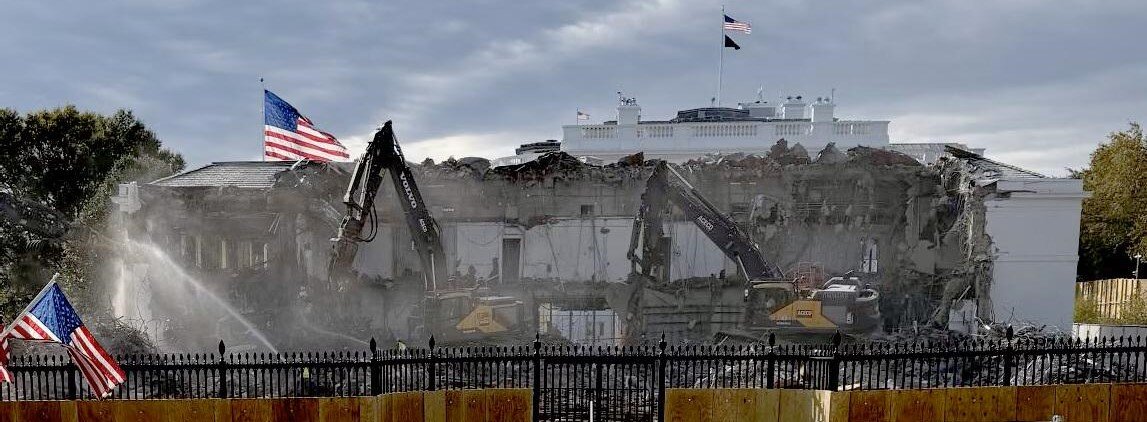I'm happy to provide you with some direct quotes from Charlie Kirk. What are your opinions on each of these statements?
“If I see a Black pilot, I’m gonna be like, ’Boy, I hope he’s qualified.’”
“They're coming out, and they're saying, 'I'm only here because of affirmative action.' Yeah, we know. You do not have the brain processing power to otherwise be taken really seriously. You had to go steal a white person's slot to go be taken somewhat seriously."
“We made a huge mistake when we passed the Civil Rights Act in the mid-1960s.”
“You might want to crack open that Bible of yours. In a lesser referenced part of the same part of scripture, is in Leviticus 18 is that, ‘thou shalt lay with another man shall be stoned to death.’ Just sayin’! So Miss Rachel, you quote Leviticus 19… the chapter before affirms God’s perfect law when it comes to sexual matters.”
“It’s worth to have a cost of, unfortunately, some gun deaths every single year so that we can have the Second Amendment.”
“Jewish donors have been the number one funding mechanism of radical open-border, neoliberal, quasi-Marxist policies, cultural institutions and nonprofits. This is a beast created by secular Jews and now it’s coming for Jews, and they're like, ‘What on Earth happened?’ And it's not just the colleges. It's the nonprofits, it's the movies, it's Hollywood, it's all of it.”
“MLK was awful. He's not a good person. He said one good thing he actually didn't believe.”






